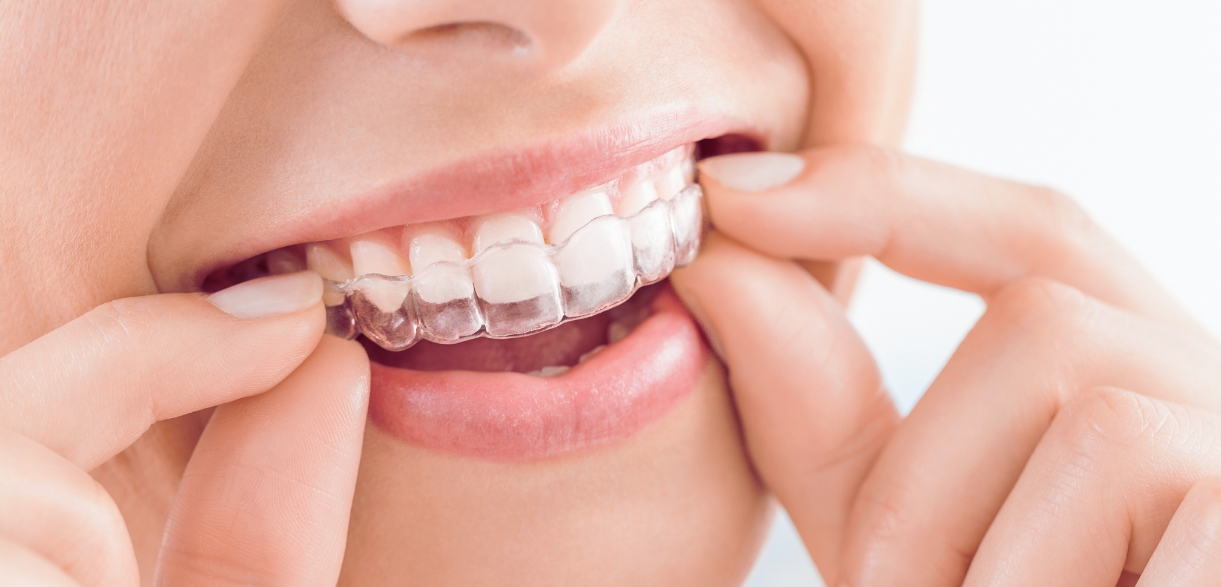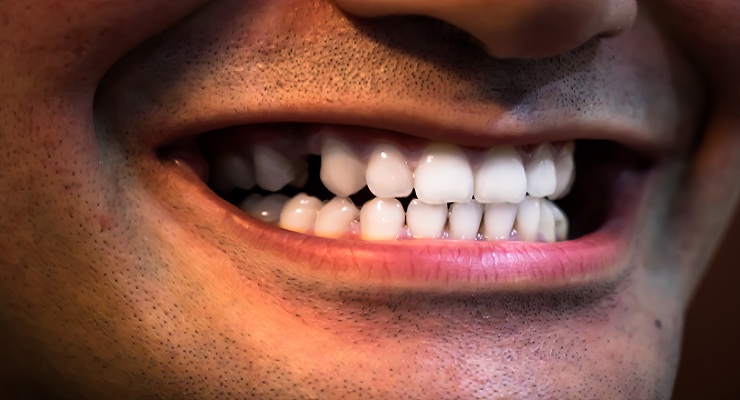$99 New Patient Special - Includes Exam, X-Ray and Basic Cleaning
Can Invisalign Fix Complex Orthodontic Issues?

Smiling should feel effortless, but for many, it’s a constant worry. Crowded teeth, large gaps, or severe bite misalignment can make even the simplest moments—like taking a photo or laughing with friends—feel uncomfortable. Braces have long been the go-to solution, but the thought of metal wires and brackets isn’t appealing to everyone. That’s where Invisalign enters the picture, offering a nearly invisible, comfortable way to straighten teeth. But can Invisalign fix complex orthodontic issues, or is it only for minor adjustments? Let’s break it down.
How Invisalign Works: A Closer Look
Traditional braces use brackets and wires to pull teeth into place, but Invisalign takes a different approach. It relies on a series of clear, removable aligners that gently shift teeth over time. These aligners are customized using advanced 3D imaging and are switched out every few weeks to continue guiding teeth into the desired position.
- Designed for precision – Each aligner is crafted to apply controlled pressure to specific areas, gradually aligning teeth.
- Removable convenience – Eat, drink, and brush without restrictions since aligners can be taken out as needed.
- Comfortable fit – No metal brackets or wires mean less irritation and discomfort.
Can Invisalign Handle Severe Cases?
Many believe Invisalign is only effective for mild cases, but that’s far from the truth. Thanks to advancements in clear aligner technology, even complex orthodontic issues can be corrected.
Bite Problems Invisalign Can Correct
- Overbite – When the upper teeth excessively overlap the lower ones, Invisalign can gradually bring them into better alignment.
- Underbite – If the lower teeth sit too far forward, Invisalign helps reposition them for a balanced bite.
- Crossbite – This occurs when some upper teeth sit behind the lower teeth instead of in front. Invisalign applies targeted pressure to correct this imbalance.
- Open Bite – A gap between the top and bottom teeth when the mouth is closed can cause speech and chewing difficulties. Invisalign helps close that gap over time.
Crowding and Spacing Issues
Teeth that are too close together can be just as problematic as those that are too far apart. Severe crowding leads to difficulty cleaning between teeth, increasing the risk of cavities and gum disease. On the flip side, excessive gaps may cause shifting over time. Invisalign uses smart aligner adjustments to create ideal spacing without the need for extractions in many cases.
When Invisalign Might Not Be Enough?
While clear aligners are highly effective, certain cases may require additional intervention:
- Severe jaw misalignment – If the issue stems from jaw structure rather than just tooth positioning, surgical orthodontics may be necessary.
- Impacted teeth – Teeth trapped beneath the gums often need surgical exposure before aligners can guide them into place.
- Rotated or extremely tilted teeth – While Invisalign can adjust most rotations, extreme cases may need braces or attachments to aid movement.
Why Invisalign is a Game-Changer for Many?
What makes Invisalign different from traditional braces isn’t just its clear design—it’s the technology behind it. With digital treatment planning, every stage of tooth movement is mapped out before treatment begins. Patients see a virtual preview of their new smile, giving them confidence in the process. Even studies show that Invisalign helps patients experience less pain during treatment.
- Predictable results – Digital planning ensures each tooth moves according to plan.
- Faster treatment time – Some cases complete in months rather than years.
- Less frequent dental visits – No need for monthly wire tightening; patients switch aligners at home and visit the dentist periodically.
Making the Right Choice for Your Smile
Choosing between Invisalign and traditional braces depends on the severity of the case and personal preferences. If complex orthodontic issues are present, consulting with an Invisalign dentist in Georgetown is crucial. They’ll assess whether clear aligners alone can handle the corrections or if additional treatments are needed.
For many patients, Invisalign can fix orthodontic issues once thought to require braces. And with continued advancements in clear aligner technology, its potential continues to grow.







